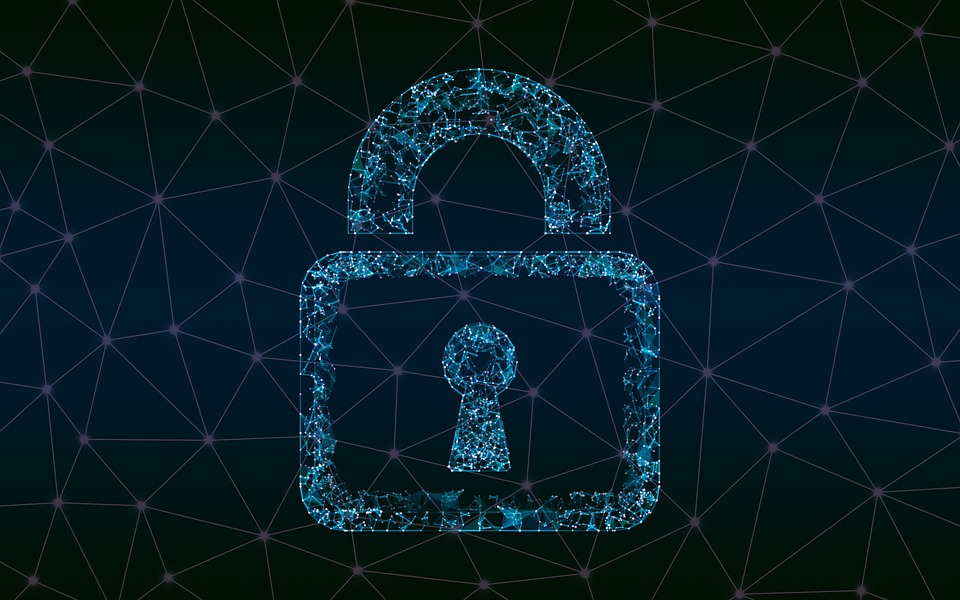Safeguarding Your Business in The Digital Age

Written by Brian Knudtson, Director of Cloud Market Intelligence, iland, part of 11:11 Systems
Data is often referred to as ‘the new oil’ that is now playing a major part in shaping economies the world over. In today’s digital world, around 85% of organisations see data as one of their most valuable assets.
Back in 2010, IDC calculated that the world had created around 64.2 zettabytes (ZB) of digital information and Seed Scientific estimates that by 2025, the amount of data generated each day is expected to reach 463 exabytes globally, with a total of 175 zettabytes!
However, while leveraging the power of data has become recognised as one of the biggest opportunities for any organisation, it also presents one of the biggest business challenges when it comes to security.
Dramatic cybercrime surge under Covid-19
Since 2020, with the fast-tracked digitalisation efforts resulting from the pandemic, the digital security landscape has become hugely complex. With the rapid shift to cloud and remote workforces, 2021 was a record year in terms of cyberattacks. Records indicate that there were more pervasive and hostile threats than ever before. The FBI recorded a 300% increase in reported cybercrimes last year and businesses witnessed 50% more attacks per week in 2021 compared to 2020.
In 2021, 36% of data breaches involved phishing, up significantly from 22% in 2020. The FBI calculates this trend as a 400% year-over-year increase in phishing attacks since 2019.. It is also estimated that 30,000 websites on average are hacked every day, that a company falls victim to a cyberattack every 39 seconds and that 64% of organisations globally have experienced at least one form of cyberattack.
With cyberattacks and data breaches set to persist in coming years, deciding how best to manage data security is now at the forefront of board-level discussions. According to Cybersecurity Ventures, global spending on cybersecurity products and services will reach $1.75 trillion cumulatively for the five-year period from 2021 to 2025, as businesses build an armoury of tools, people and infrastructure to collect, protect and analyse data. But Big Data analytics soon becomes a drain on resources, with increasing amounts of data collection and processing putting further pressure on cybersecurity teams and the systems they use.
Rapid growth in managed security services
All of this leads to a potent mixture of security needs and challenges that requires highly trained security professionals with a constant focus to ensure proper protection of business-critical data. Fortunately, Cloud services are uniquely positioned to handle the challenges of technical scope and scalability, but a severe shortage of security-focused professionals makes staffing security teams far less accessible.
In fact, the demand for managed security services is on the rise and the global market is forecast to reach $46.4 billion by 2025. As companies seek to ease the burden on internal IT teams and redouble their focus on strategic business initiatives, having access to an expert external support infrastructure can build solid foundations in total data security, whilst side-stepping the expense and risk of building in-house solutions.
Four critical aspects of managed security services
24/7 access to highly experienced certified security engineers, customisable solutions and enterprise-class security services can protect all elements of an organisation’s data. It can deliver water-tight data security to enterprise business, across the following four core mission-critical capabilities:
house security
1. Continuous Risk Scanning
Continuous Risk Scanning provides deep, contextual risk analysis to prioritise vulnerabilities and minimise an organisation’s “attack surface”. Tracking vulnerabilities and assessing their relative risk as part of an organisation’s security strategy is critical to identifying, remediating and reporting on security vulnerabilities in systems and networks.
2. Managed Firewall
The rapid growth of disruptive cyberattacks and highly distributed workforces have organisations reconsidering the tools they use to monitor and control the data flowing in and out of their infrastructure.
Next-generation firewall services feature advanced threat protection, network anti-virus/anti-malware, intrusion detection and prevention, web/content filtering and secure remote access. Additionally, managed firewall services include monitoring and alerting, support and maintenance and reporting and metrics.
3. Managed SIEM (Security Information and Event Management)
While some security solutions monitor certain systems or applications; “security information and event management” (SIEM) solutions provide visibility across heterogeneous and distributed infrastructure components and endpoints for real-time monitoring to reduce the mean time to respond (MTTR). This includes:
• Real-Time Monitoring: Seconds matter when you’re detecting threats
• Correlation: Actionable insights from advanced analytics
• Log Management: Millions of logs are created, only a few matter
• SIEM for Compliance: SIEM solutions can be critical — sometimes they can be event mandated to meet regulatory compliance
4. Managed EDR (Endpoint Detection and Response)
Managed endpoint detection and response (EDR) enables organisations to get ahead of cybercrime by reducing the time gap between threat detection and response. This not only improves a company’s security posture by preventing and detecting threats on endpoints, but also minimises the impact of such incidents.
Managed security services can significantly simplify an organisation’s approach to cloud, security and connectivity. At the same time, they can vastly improve a company’s security posture by mitigating threats, preventing data breaches and ransomware damage in real time and minimizing the time gap between detection and response. This drives greater visibility, innovation and responsiveness across the entire business and network.
That said, IT leaders must look to the right partner who can incorporate their organisation’s specific customisable security policies and deliver water-tight 24/7 monitoring to truly unlock the power of connectivity, cloud and security to boost enterprise adaptability, performance and innovation.
With the escalating threat landscape, ongoing stringent government regulations and the lack of in-house skilled resources, not to mention the cost of developing an infrastructure that is future proofed and highly secure, many organisations are now turning to managed security services to provide the environment they need in order to continue to grow and thrive.






